I’ll never forget the time when an overcast weekend turned into an unexpected lesson about the art of automotive detailing. My buddy’s Jeep, a canvas dulled by endless trails and tireless sun, was awaiting its transformation. As a former Jeep engineer with a deep-seated adventure spirit, I had a knack for rolling up my sleeves and diving into the world of single stage paint. This unique paint layer, ever so vulnerable yet captivatingly transformational when touched by the right polish, began to reveal its secrets to me. You might think you’ve grasped all there is to know about polishing, but trust me, there’s more beneath the surface than most experts let on.
What is Single Stage Paint?
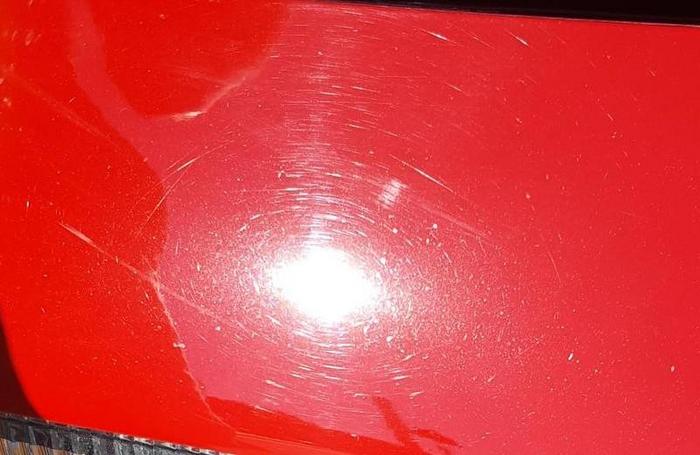
In my years as a Jeep engineer, I’ve seen an array of paint types, but single stage paint stands out as a personal favorite. It’s a paint system that intertwines practicality with a touch of nostalgia—a unique blend that is both color and finish in one. What exactly makes single stage paint unique among automotive finishes? Unlike the more modern clear coat systems, single stage paint applies the color and protective layers in one go, giving it a classic appearance that’s especially cherished by vintage car enthusiasts like myself.
Years ago, while restoring a vintage Jeep, I was drawn to the way single stage paint wore its history on its proverbial sleeve. Each scratch and faded spot seemed to whisper tales of adventures past. It became clear to me that maintaining this attribute was as crucial as the initial application. The paint seems to harbor stories within its sheen—stories that require special care to preserve. Single stage paint demands a more meticulous touch when it comes to polishing, yet the payoff is a vibrant finish that echoes its origin and legacy. This connection to its innate charm is why understanding single stage paint is vital for enthusiasts and restorers alike.
Why is Polishing Important?
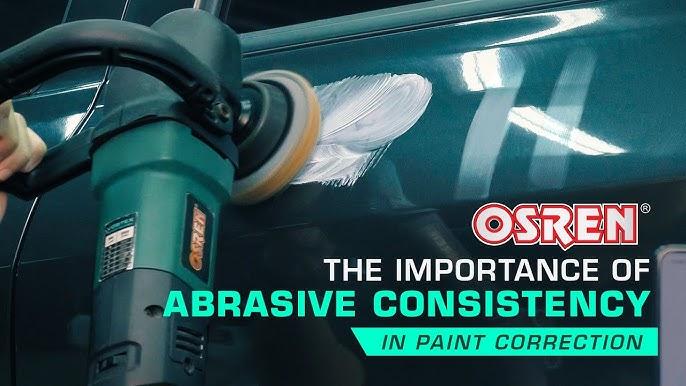
Have you ever wondered why most enthusiasts say polishing is a must for single stage paint? When I first tackled my Jeep’s exterior, I was taken aback by the dull sheen that had crept over its once-vibrant hue. This unexpected revelation was caused by oxidation, a ruthless thief of color. I learned through personal experience that polishing is more than just a cosmetic treat; it’s an essential step in maintaining the paint’s health and longevity. By revitalizing the luster of single stage paint, polishing doesn’t just remove the surface oxidation; it breathes life back into the finish.
My journey to restore my Jeep taught me that every diligent vehicle owner should prioritize polishing. Beyond aesthetics, you’re investing time in extending the life of your paint, protecting it from future wear. This practice isn’t merely recommended; it’s crucial, elevating your vehicle’s gleam and its robustness against the elements. As we delve into the reasons behind its importance, let me unfold the nuances that experts often overlook.
Who Should Polish Their Vehicle?
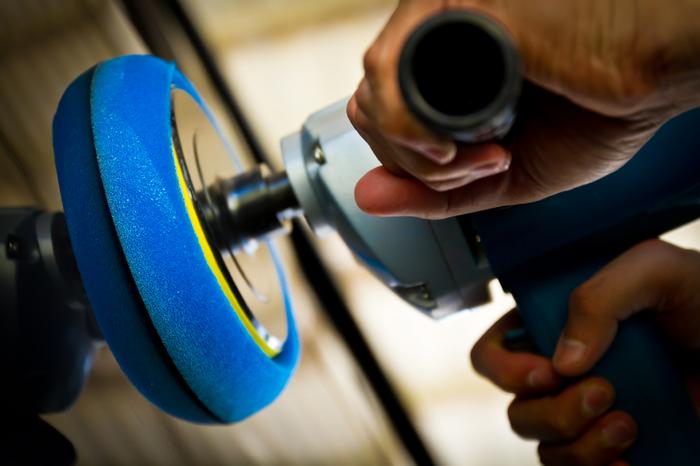
During my time with The Autopian, I realized that polishing single stage paint isn’t just for car restoration enthusiasts—it’s for anyone who wants to maintain the beauty of their vehicle. This understanding opened my eyes to an interesting question: Is polishing a task for professionals only, or can everyday car owners also benefit? Let’s unravel this together.
When I first ventured into the world of DIY car detailing, I thought it was a playground reserved for the experts. But then, I helped a friend revitalize their aging sedan. Initially skeptical about detailing, they marveled at the transformation so much that they’ve now embraced DIY detailing as a passion. This experience underscored a fundamental truth for me: polishing isn’t just a specialist’s job. It’s accessible to anyone willing to invest a little time and effort into learning the craft.
Whether you’re a seasoned car enthusiast or just someone looking to preserve your vehicle’s elegance, polishing single stage paint can be immensely rewarding. The satisfaction of restoring a car’s luster all by yourself can be unparalleled. So, if you’re curious or simply love your car, consider rolling up your sleeves and giving it a try. Trust me, with the right guidance, it’s completely within your reach.
When to Polish Single Stage Paint?
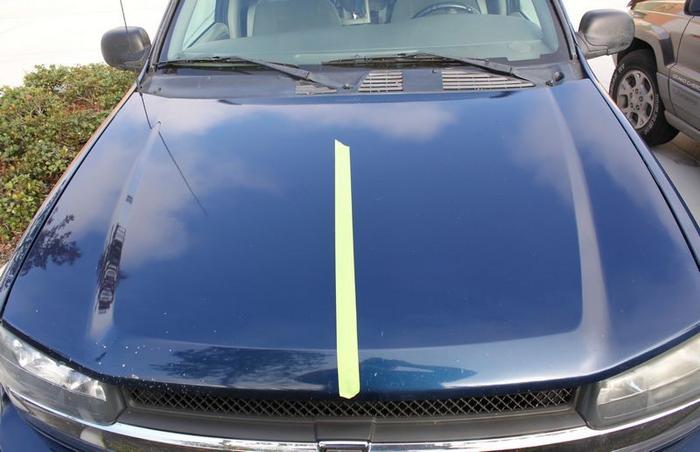
Timing is everything when it comes to maintaining the lustrous look of single-stage paint. During one memorable weekend working on my Jeep, I discovered the subtle art of timing in polishing. It turns out, regularly inspecting your vehicle’s finish is just as crucial as the polishing itself. But how often should you polish your vehicle to keep it looking sharp without damaging the paint?
This question lingered in my mind as I assessed the varying impacts of weather and driving conditions on my Jeep. Through personal trials, I realized that polishing every six months is a solid baseline. However, it’s not just about the calendar—it’s about the visuals and feel of your vehicle’s paint. Whenever you notice any fading or imperfections, that is your cue. The secret lies in being observant.
I understand the hesitance; you want your car to shine without risking its paint quality. But having witnessed firsthand how thoughtful attention makes all the difference, I now recommend this approach with confidence. Regular assessments aligned with environmental factors can protect and enhance your paint’s appeal, ensuring your ride stays striking all year round.
How to Polish Single Stage Paint: A Step-by-Step Guide
Preparation for Polishing
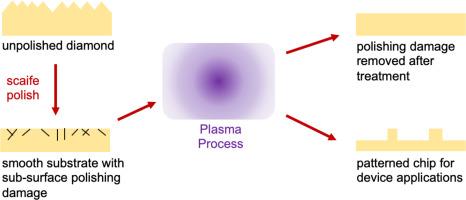
What’s the most crucial step before even touching your polisher? It’s easy to overlook, but preparation is the foundation of successful paint polishing. I remember a frustrating day when I hastily polished my Jeep without cleaning it properly first, resulting in scratches that could have been avoided. That experience taught me the importance of using the right detailing supplies to wash and meticulously inspect every inch of the vehicle’s surface. Paint cleaners are essential to remove contaminants and ensure a flawless finish. Trust me, taking your time in this phase isn’t wasted—it’s an investment in optimal results.
Choosing the Right Products

Throughout my journey, I’ve tested countless products for polishing single stage paint. The key to unlocking a brilliant shine lies not just in technique, but in the products you choose. What products do the pros swear by for polishing single stage paint? This pivotal question guided my pursuit of perfection. The right choices can make or break your results. I urge readers to invest in quality materials—it’s an area you don’t want to skimp on! Recently, I stumbled upon an exceptional foam pad that changed the game for me. These pads are among the best products for polishing as they provide an even, consistent finish crucial for single stage paint restoration.
By using top-tier products, like high-quality foam pads and polishes, you will notice a significant enhancement in the clarity and depth of color. It’s essential to read reviews and, where possible, test products to find your perfect match. Remember, the foundation of an exceptional polish begins with the right tools. Delving deeper into these choices in the following sections, we’ll explore the precise techniques that bring out the best in single stage paint.
Effective Polishing Techniques
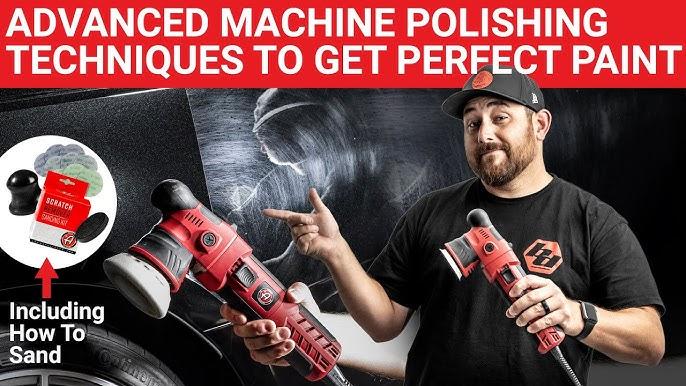
When it comes to single stage paint, polishing isn’t just a task—it’s an art form. My first attempts were far from perfect, a trial-and-error journey that taught me invaluable lessons. What techniques can elevate your polishing game from average to professional? Let’s dive in.
The cornerstone of effective polishing lies in mastering pressure, speed, and pattern. These might sound basic, but each element contributes to the transformative power of polishing. Initially, I struggled with uneven pressure, leading to inconsistent results. Once I realized how crucial it is to maintain steady pressure and move in overlapping patterns, the outcome was remarkably different. It was my lightbulb moment, emphasizing the power of consistency.
Another aspect is speed. Too fast, and you’ll miss imperfections; too slow, and risk burning the paint. Balance is essential. I practiced on scrap panels, and there’s nothing quite like the wisdom gained from hands-on experience. Buffing brings it all together; the rhythm of your hand or buffer lays the groundwork for that showroom shine.
These techniques, when woven together, make a night-and-day difference. In mastering them, you’ll not only protect the integrity of your vehicle’s finish but elevate its allure. As we move towards finishing touches, these polished foundations set the stage for a flawless look that turns heads and garners admiration.
Finishing Up: Waxing and Glazing
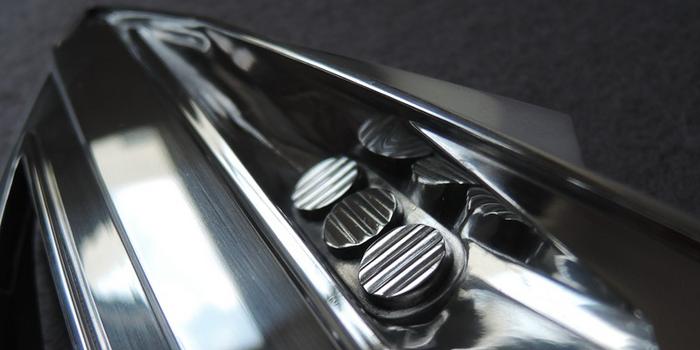
Why is the final application of wax or glaze just as important as the polishing process itself? This question often arises, and through my hands-on experience, I’ve realized its critical importance. Waxing and glazing are not mere afterthoughts—they’re essential final touches that safeguard and enhance the polished surface. After spending hours perfecting the sheen of the single-stage paint on my Jeep, I learned the hard way that skipping a thorough waxing could lead to regret. This step isn’t merely an addition; it’s the sealant to your diligence, protecting against environmental elements like UV rays and dirt.
Wax acts as a protective barrier, maintaining the luster achieved by polishing. Meanwhile, a high-quality glaze can fill any minor imperfections left behind, giving the paint a flawless, deep gloss. By investing time in this final stage, you prolong the paint’s brilliance and resilience. The satisfaction of that smoother-than-glass finish is unmatched, and it’s entirely worth the extra effort.
As you navigate through this crucial step, remember that proper waxing and glazing are the linchpins in showcasing your vehicle’s polished splendor while ensuring its protection. Mastering this aspect takes your understanding and execution of single-stage paint care to a new level, dismissing common mistakes and highlighting your expertise.
Common Mistakes When Polishing
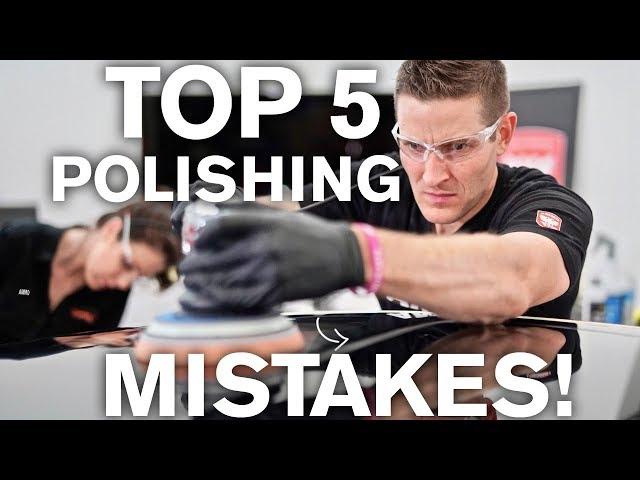
When I began my journey with polishing single stage paint, I made several costly mistakes. Reflecting on those experiences, I’ve realized how crucial it is to avoid common pitfalls that can derail your polishing efforts. What costly mistakes can derail your polishing efforts and how can you avoid them? From using the wrong pad to applying too much pressure, I’ve been there. Each slip-up taught me valuable lessons, ones I’m keen to share so you can skip the setbacks that come with trial and error.
One of the first blunders I encountered was not doing enough research. It’s vital to familiarize yourself with the right pads and products specific to single stage paints. Using abrasive compounds without understanding their effect on this type of paint can lead to disastrous results. I always emphasize testing methods on a small sample area first. This cautious approach helps prevent larger regrets down the line.
Another significant mistake is succumbing to impatience. Polishing requires a delicate balance — too much pressure and you risk burning the paint; too little and you won’t achieve the desired gloss. I learned to let the machine do the work, guiding it gently without exerting unnecessary force. By sharing these insights, my hope is to steer you clear of the unnerving missteps I faced, ensuring a smooth path to achieving a flawless finish.
FAQs
What is Single Stage Paint?
Single stage paint refers to a type of automotive paint that combines the color and the clear coat in one layer. This makes the application process simpler and less time-consuming.
Why is Polishing Single Stage Paint Different?
Polishing single stage paint involves finer techniques because the paint lacks a separate clear coat layer. This means you are directly affecting the color layer, which requires more finesse and care.
What Techniques Are Best for Polishing Single Stage Paint?
Experts recommend starting with a finer polishing compound and using a dual-action polisher to even out the surface without excessive abrasion. It’s also crucial to maintain a consistent speed and pressure throughout the process.
What Products Are Recommended for this Process?
High-quality polish products specifically designed for single stage paints are recommended. Look for those with fine abrasives and good lubrication to ensure a smooth, shiny finish.
How Can I Protect Single Stage Paint After Polishing?
After polishing, applying a protective wax or sealant can help maintain the shine and protect the paint from UV rays and other elements. Waxing regularly is key to prolonging the finish’s integrity.
Conclusion
Reflecting on my personal journey, I see polishing not just as a chore but as an act of love for our vehicles. Why is the art of polishing single stage paint worth mastering for every car lover? It transforms a simple cleaning routine into an essential skill that showcases both passion and dedication to automotive detailing. Each polish I’ve done, from my early Jeep days to more recent projects, has deepened my appreciation for automotive care.
Mastering the nuances of single stage paint not only enhances the aesthetic appeal but also protects the investment of our rides. It’s crucial to understand the unique properties of single stage paint, as its restoration demands a gentle yet effective touch. By embracing the recommended techniques and avoiding common pitfalls, as detailed throughout this guide, you invest in the longevity and beauty of your car.
I encourage you to embrace this process; by refining your skills, you’re committing to the preservation and grandeur of your cherished vehicles.